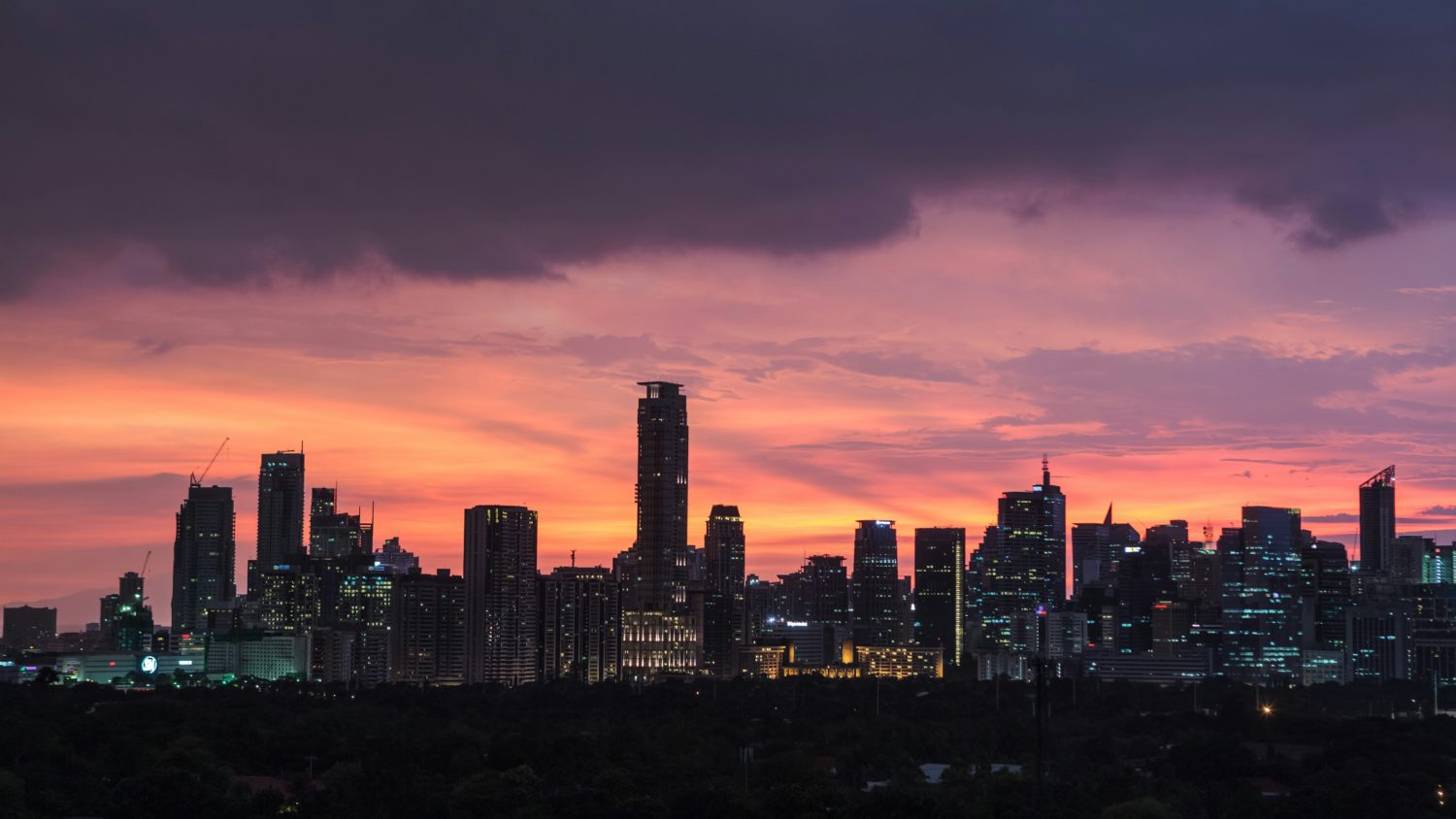
The Philippines keeps landing on digital nomad shortlists. Sunshine, friendly people, and island scenery are part of it. The other part is cost and variety. You can close your laptop and be ankle deep in warm water before sunset. This guide stays practical so you can set up fast, work smoothly, and still explore. Expect a few surprises along the way, but most are easy to plan around once you know what to look for.
Staying Connected
Most nomads ask about internet availability first. Big hubs like Manila, Cebu, and Davao offer solid mobile coverage and plenty of cafés with Wi Fi. Speeds can dip on smaller islands, so many travelers carry a data backup. Download maps for offline use, pick guesthouses that publish speed tests, and keep a short list of coworking options near your stay.
Choosing Your Base
Where you settle shapes your routine. Manila brings energy and opportunities, along with traffic and noise. Cebu balances city comfort with easy escapes to beaches and dive sites. Davao is calmer but still reliable for work. Smaller communities such as Dumaguete or Siargao feel social and slow paced. Think about noise tolerance, commute time, and access to nature. Check rainy season patterns and flight connections too, since weather can shuffle plans and some islands have limited schedules.
Workspaces You’ll Actually Use
Coworking is available in most cities and in many beach towns. Expect reliable desks, meeting rooms, and day passes that do not lock you into contracts. When you want a quick setup on arrival, consider an eSIM option for Philippines. It lets you get online while you ride from the airport, so your first stop can be a latte and a video call, not a phone shop line. Many spaces offer quiet rooms, outdoor seating, and lockers, which helps keep a routine even when plans change.
Cost of Living
Daily costs are reasonable. Short term apartments and guesthouses are widely available, with prices dropping outside the busiest seasons. Eating out can be inexpensive if you lean into local dishes, seafood, and fruit. Ferries and short flights keep inter island trips affordable, though moving too often still adds up. Plan stays of two to four weeks per spot to control transport costs. Pay cash at small shops, keep small bills on hand, and budget a little extra for sudden weather delays.
Community and Lifestyle
English is widely understood, which makes errands simple. Nomads tend to orbit the same cafés, gyms, and beachfront bars, so meeting people is quick. Join a weekly run, yoga class, or dive trip, and your network grows naturally. Respect local customs, reef rules, and quiet hours. A little courtesy goes a long way on small islands. If you volunteer at a beach cleanup or join a community event, you’ll make friends even faster.
Final Thoughts
The Philippines offers a rare mix of value, community, and natural variety. With modest planning, you can keep a steady workflow and still collect ocean sunrises and market dinners. Arrive flexible, set a routine that fits you, and give each place time to breathe. Many visitors add extra weeks. Don’t be surprised if you do too.







